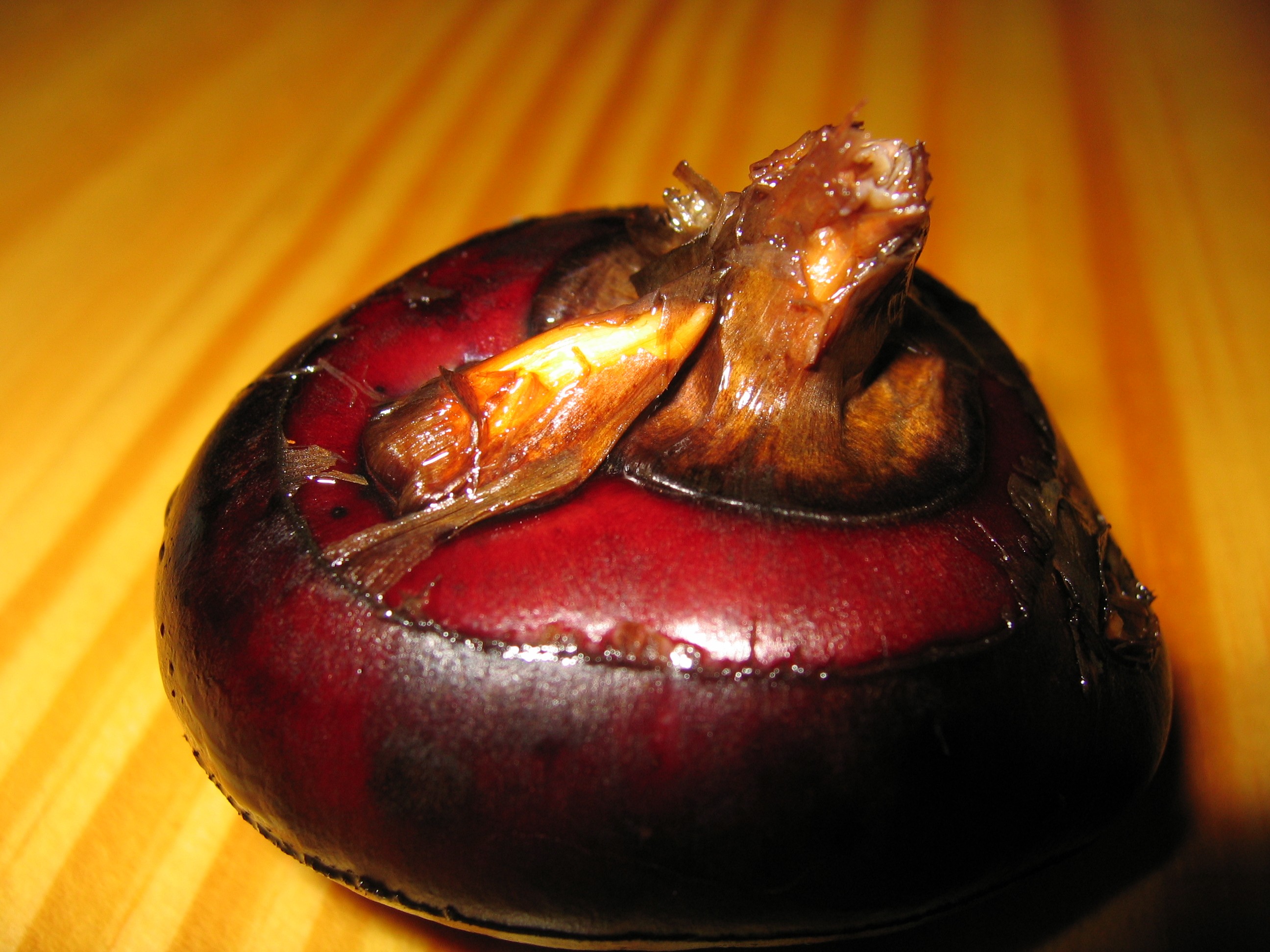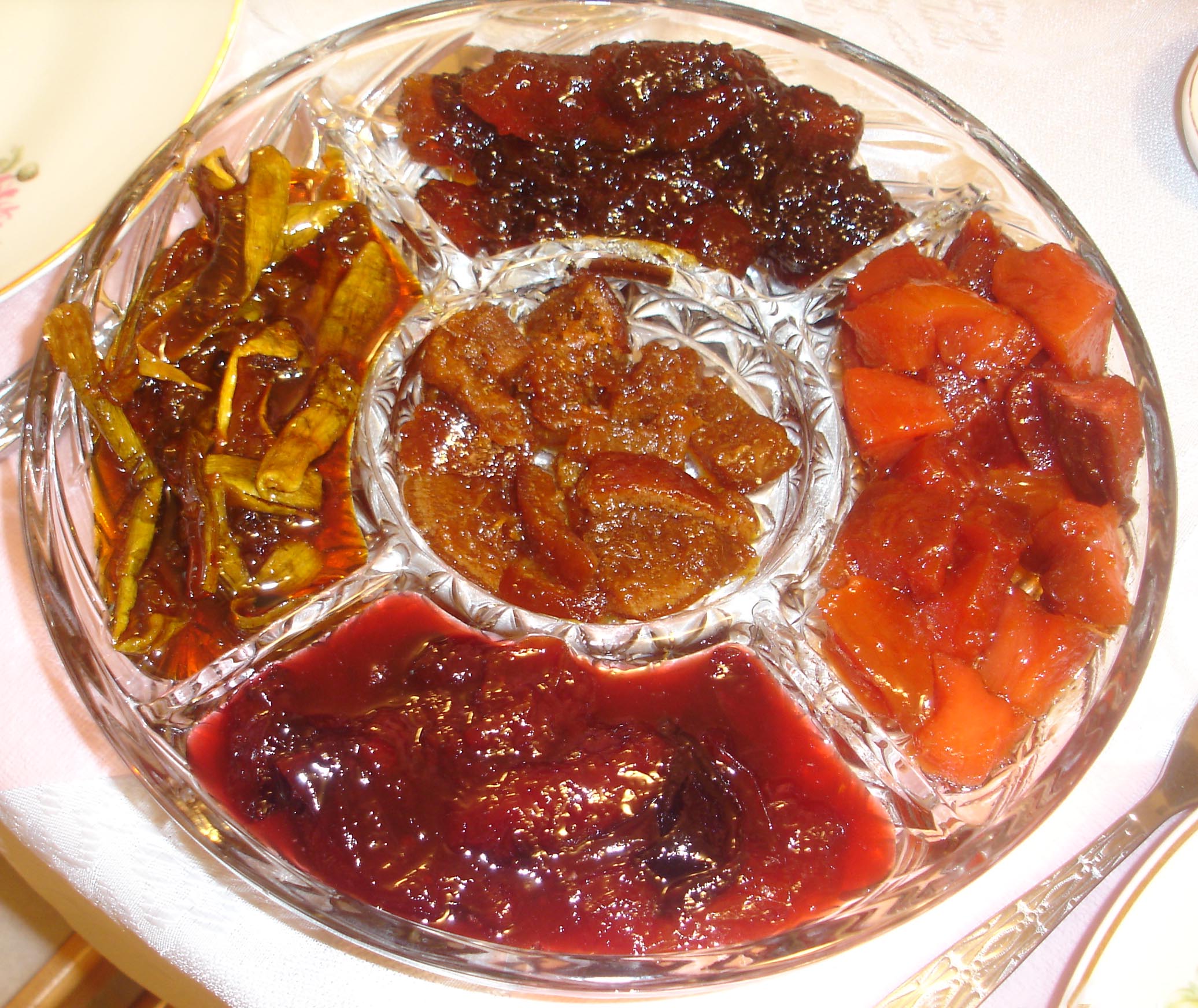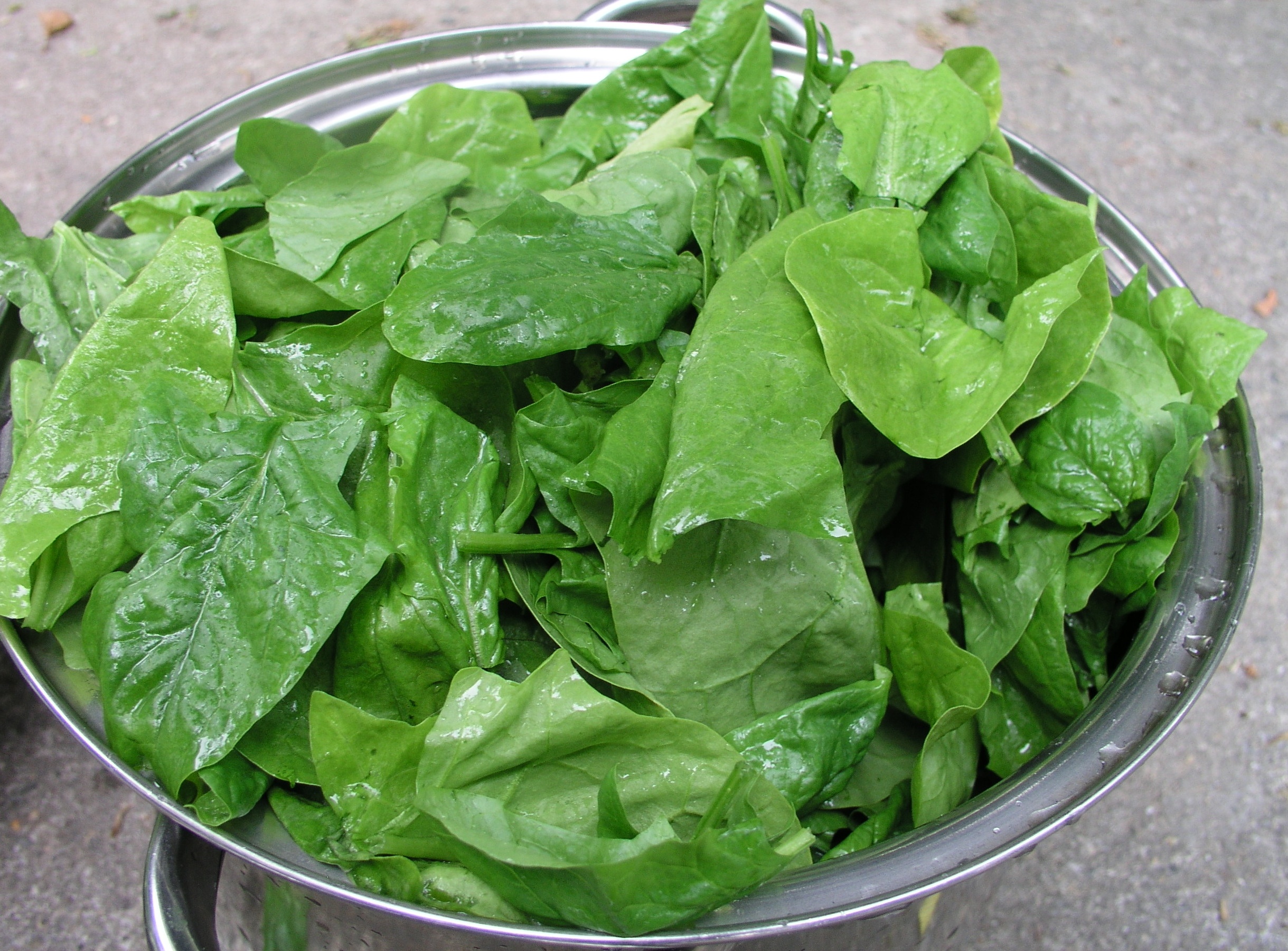|
Muk (food)
''Muk'' () is a Korean cuisine, Korean food made from grains, beans, or nut starch such as buckwheat, sesame, and acorns and has a jelly-like consistency. Muk has little flavor on its own, so muk dishes are seasoned with soy sauce, sesame oil, chopped scallions, crumbled ''gim (food), gim'', and chili pepper powder, and mixed with various vegetables.Muk at Encyclopedia of Korean Culture Types There are several types of ''muk'': *''Dotori-muk'' (), made from acorn starch *''Memil-muk'' (), made from buckwheat starch *''Nokdu-muk'' () (also called ''cheongpo-muk''; 청포묵), made from mung bean starch *''Hwangpo-muk'' () (also called ''norang-muk''; 노랑묵), made from mung bean starch, and colored yellow with gardenia seed pods *''Kkae-muk'' (), made from starch mixed with sesame seeds *''Olbanggae-muk'' ...[...More Info...] [...Related Items...] OR: [Wikipedia] [Google] [Baidu] |
Dotori-muk
''Dotori-muk'' * () or acorn jelly is a Korean cuisine, Korean dish. It is a Gelatin dessert, jelly made from acorn starch. Although "''Muk (food), muk''" means "jelly", when used without qualifiers, it usually refers to ''dotori-muk''. The practice of making ''dotori-muk'' originated in mountainous areas of ancient Korea, when abundant oak trees produced enough acorns each autumn to become a viable source of food. Dotori-muk does not spoil easily, so it was used as a lunch food when traveling a long way. Production Despite being a rich source of starch and proteins, acorns contain large amounts of tannins and other polyphenols, which prevent the human body from digesting them properly. Harvested acorns must be properly leached of the tannins prior to consumption. Acorns are either collected directly from the ground or knocked off the tree branches. The acorns are opened and the nutmeat ground into a fine orange-brown paste. The paste is then stirred into vats of water and the a ... [...More Info...] [...Related Items...] OR: [Wikipedia] [Google] [Baidu] |
Eleocharis Dulcis
''Eleocharis dulcis'', the Chinese water chestnut or water chestnut, is a grass-like Cyperaceae, sedge native to Asia, tropical Africa, and Oceania. It is grown in many countries for its edible corms, but if eaten uncooked, the surface of the plants may transmit fasciolopsiasis. The water caltrop, which also is referred to by the same name, is unrelated and often confused with the water chestnut. Description The water chestnut is not a Nut (fruit), nut but rather an Aquatic plant, aquatic vegetable that grows in marshes, under water, or in mud. It has stem-like, tubular green leaves that grow to about . Distribution The plant is native to Asia, tropical Africa, and Oceania. Ecology In the dry season of the Northern Territory in Australia, Magpie goose, magpie geese eat the bulbs of water chestnuts, allowing them to put on fat for the wet season and ensuring they are ready for breeding. In the wet season, water chestnut leaves are used to build their floating nests. [...More Info...] [...Related Items...] OR: [Wikipedia] [Google] [Baidu] |
Fruit Preserves
Fruit preserves are preparations of fruits whose main preserving agent is sugar and sometimes acid, often stored in glass jars and used as a condiment or spread. There are many varieties of fruit preserves globally, distinguished by the method of preparation, type of fruit used, and its place in a meal. Sweet fruit preserves such as jams, jellies, and marmalades are often eaten at breakfast with bread or as an ingredient of a pastry or dessert, whereas more savory and acidic preserves made from " vegetable fruits" such as tomato, squash or zucchini, are eaten alongside savory foods such as cheese, cold meats, and curries. Techniques There are several techniques of making jam, with or without added water. One factor depends on the natural pectin content of the ingredients. When making jam with low-pectin fruits like strawberries, high-pectin fruit like orange can be added, or additional pectin in the form of pectin powder, citric acid or citrus peels. Often the fruit will b ... [...More Info...] [...Related Items...] OR: [Wikipedia] [Google] [Baidu] |
Burmese Tofu
Burmese tofu (, ; or , ) is a food of Shan origin and of Chinese from Yunnan Province, made from water and flour ground from yellow split peas and the Burmese version of chickpea flour, also known as ''besan'' flour, in a fashion similar to polenta. The flour is mixed with water, turmeric, and a little salt and heated, stirring constantly, until it reaches a creamy consistency. It is then transferred into a tray and allowed to set. It can also be made using dried chickpea instead of processed flour. In this process, dried chickpeas are soaked overnight. Once the peas have been re-hydrated, they are ground into a puree with some of the liquid used to soak the peas, then allowed to set for a couple of hours. Much of the top layer of clear liquid is then skimmed off and the remaining puree is brought to a boil with turmeric and salt and cooked and set in the same manner as the version using chickpea flour. It is matte yellow in colour, jelly-like but firm in consistency, and does no ... [...More Info...] [...Related Items...] OR: [Wikipedia] [Google] [Baidu] |
Nokdumuk
''Nokdu-muk'' () is a Korean '' muk'', or jelly, made from mung bean starch. In its most commonly encountered form, it is also called ''cheongpo-muk'' (), which literally means "clear froth jelly," owing to its clear white color. If it is colored with gardenia, the ''nokdu-muk'' is called '' hwangpo-muk'', which literally means "yellow froth jelly."Nokdumuk (녹두묵) at ''Nokdu-muk'' is usually served cold, usually as the '''' (side dish) ''nokdu-muk-muchim'' (). As it has little flavor of its own, ''nokdu-muk'' is typic ... [...More Info...] [...Related Items...] OR: [Wikipedia] [Google] [Baidu] |
Tangpyeong-chae
''Tangpyeong-chae'' * () or mung bean jelly salad is a Korean dish that was part of the Korean royal court cuisine. It is made by mixing julienned ''nokdumuk'', mung bean sprouts, water dropwort, stir-fried shredded beef, thinly shredded red pepper and lightly broiled '' gim''. ''Tangpyeongchae'' is seasoned with a sauce made with ''ganjang'', vinegar, sugar, sesame seeds and sesame oil. The dish is most often eaten in late spring and summer. History According to '' Tongguksesigi'', a book written in 1849, ''tangpyeongchae'' derived from a political situation. King Yeongjo of the Joseon period was concerned about severe conflicts between political parties. Therefore, he tried to resolve the strife between major four parties by frequently holding feasts to make the mood friendly. The ''Tangpyeong policy'' () which literally means the policy for "harmony" and "meditation" is regarded as his greatest achievement. He selected people regardless of their party affiliation. At the ... [...More Info...] [...Related Items...] OR: [Wikipedia] [Google] [Baidu] |
Doosan Encyclopedia
''Doosan Encyclopedia'' () is a Korean-language encyclopedia published by Doosan Donga (). The encyclopedia is based on the ''Dong-A Color Encyclopedia'' (), which comprises 30 volumes and began to be published in 1982 by Dong-A Publishing (). Dong-A Publishing was merged into Doosan Donga, a subsidiary of Doosan Group, in February 1985. The ''Doosan Encyclopedia'' is a major encyclopedia in South Korea. Digital edition EnCyber The online version of the ''Doosan Encyclopedia'' was named EnCyber, which is a blend of two English words: ''Encyclopedia'' and ''Cyber''. The company has stated that, with the trademark, it aims to become a center of living knowledge. EnCyber provides free content to readers via South Korean portals such as Naver. Naver has risen to the top position in the search engine market of South Korea partially because of the popularity of EnCyber encyclopedia. When Naver exclusively contracted Doosan Doonga in 2003, the former paid multi billion won to the ... [...More Info...] [...Related Items...] OR: [Wikipedia] [Google] [Baidu] |
Nori
Nori is a dried edible seaweed used in Japanese cuisine, usually made from species of the red algae genus ''Pyropia'', including ''P. yezoensis'' and ''Pyropia tenera, P. tenera''. It has a strong and distinctive flavor, and is generally made into flat sheets and used to wrap rolls of sushi or ''onigiri'' (rice balls). The finished dried sheets are made by a shredding and rack-drying process that resembles papermaking. They are sold in packs in grocery stores for culinary purposes. Since nori sheets easily absorb water from the air and degrade, a desiccant is needed when storing nori for any significant time. Nori—despite not being cultivated by humans until the 1600s—has been popular since the pre-modern era in Japan, having been used as currency, offerings at shrines, and food since the 700s. History Ancient Originally, the term ''nori'' was generic and referred to seaweeds, including ''hijiki''. One of the earliest descriptions of nori is dated to around the eighth ... [...More Info...] [...Related Items...] OR: [Wikipedia] [Google] [Baidu] |
Napa Cabbage
Napa cabbage (''Brassica rapa'' subsp. ''pekinensis,'' or ''Brassica rapa'' Pekinensis Group) is a type of Chinese cabbage originating near the Beijing region of China that is widely used in East Asian cuisine. Since the 20th century, it has also become a widespread crop in Europe, the Americas, and Australia. In much of the world, it is referred to as "Chinese cabbage". Names The word "napa" in the name napa cabbage comes from colloquial and regional Japanese, where ''nappa'' () refers to the leaves of any vegetable, especially when used as food. The Japanese name for this specific variety of cabbage is ''hakusai'' (), a Sino-Japanese reading of the Chinese name ''báicài'' (), literally "white vegetable". The Korean name for napa cabbage, ''baechu'' (), is a nativized word from the Sino-Korean reading, , of the same Chinese character sets. Today in Mandarin Chinese, napa cabbage is known as ''dàbáicài'' (), literally "big white vegetable", as opposed to the "small wh ... [...More Info...] [...Related Items...] OR: [Wikipedia] [Google] [Baidu] |
Cabbage
Cabbage, comprising several cultivars of '' Brassica oleracea'', is a leafy green, red (purple), or white (pale green) biennial plant grown as an annual vegetable crop for its dense-leaved heads. It is descended from the wild cabbage ( ''B. oleracea'' var. ''oleracea''), and belongs to the " cole crops" or brassicas, meaning it is closely related to broccoli and cauliflower (var. ''botrytis''); Brussels sprouts (var. ''gemmifera''); and Savoy cabbage (var. ''sabauda''). A cabbage generally weighs between . Smooth-leafed, firm-headed green cabbages are the most common, with smooth-leafed purple cabbages and crinkle-leafed savoy cabbages of both colours being rarer. Under conditions of long sunny days, such as those found at high northern latitudes in summer, cabbages can grow quite large. , the heaviest cabbage was . Cabbage heads are generally picked during the first year of the plant's life cycle, but plants intended for seed are allowed to grow a second year and m ... [...More Info...] [...Related Items...] OR: [Wikipedia] [Google] [Baidu] |
Lettuce
Lettuce (''Lactuca sativa'') is an annual plant of the family Asteraceae mostly grown as a leaf vegetable. The leaves are most often used raw in Green salad, green salads, although lettuce is also seen in other kinds of food, such as sandwiches, wraps and soups; it can also be grilled. Its stem and seeds are sometimes used; celtuce (asparagus lettuce) is one variety grown for its stems, which are eaten either raw or cooked. In addition to its main use as a leafy green, it has also gathered religious and medicinal significance over centuries of human consumption. Europe and North America originally dominated the market for lettuce, but by the late 20th century the consumption of lettuce had spread throughout the world. , world production of lettuce (and chicory) was 27 million tonnes, 53percent of which came from China. Lettuce was originally farmed by the ancient Egyptians, who transformed it from a plant whose seeds were used to obtain oil into an important food crop raised fo ... [...More Info...] [...Related Items...] OR: [Wikipedia] [Google] [Baidu] |
Leaf Vegetable
Leaf vegetables, also called leafy greens, vegetable greens, or simply greens, are plant leaves eaten as a vegetable, sometimes accompanied by their petioles and shoots, if tender. Leaf vegetables eaten raw in a salad can be called salad greens, whereas leaf vegetables eaten cooked can be called pot herbs. Nearly one thousand species of plants with edible leaves are known. Leaf vegetables most often come from short-lived herbaceous plants, such as lettuce and spinach. Woody plants of various species also provide edible leaves. The leaves of many fodder crops are also edible for humans, but are usually only eaten under famine conditions. Examples include alfalfa, clover, and most grasses, including wheat and barley. Food processing, such as drying and grinding into powder or pulping and pressing for juice, may involve these crop leaves in a diet. Leaf vegetables contain many typical plant nutrients, but their vitamin K levels are particularly notable since they are photos ... [...More Info...] [...Related Items...] OR: [Wikipedia] [Google] [Baidu] |








